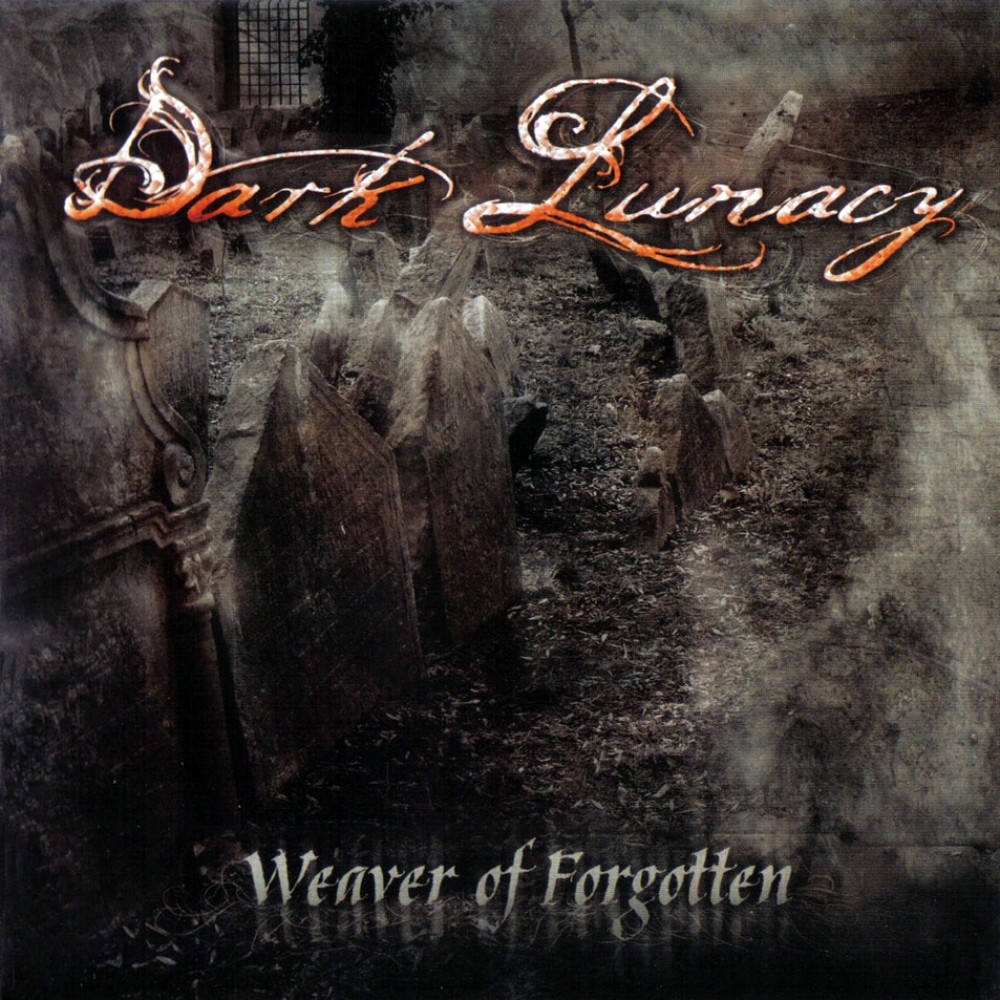

First London County Asylum (Hanwell), 1831.Lincolnshire County Asylum (Bracebridge Heath), 1852.Leicestershire County Asylum (Leicester), 1837.Sixth Lancashire County Asylum (Whalley), 1915.
 Fifth Lancashire County Asylum (Winwick), 1897. Fourth Lancashire County Asylum (Whittingham), 1873. Third Lancashire County Asylum (Rainhill), 1851. Second Lancashire County Asylum (Prestwich), 1851. First Lancashire County Asylum (Lancaster), 1816. Kesteven County Asylum (Quarrington, 1897. Second Kent County Asylum (Chartham), 1875. First Kent County Asylum (Barming Heath), 1833. Isle of Wight County Asylum (Gatcombe), 1896. Hertfordshire County Asylum (St Albans), 1899. Herefordshire County Asylum (Burghill), 1868. Second Hampshire County Asylum (Basingstoke), 1917. First Hampshire County Asylum (Knowle), 1852. Second Gloucestershire County Asylum (Gloucester), 1883. First Gloucestershire County Asylum (Gloucester), 1823. Second Essex County Asylum (Colchester), 1913. First Essex County Asylum (Brentwood), 1853. East Sussex County Asylum (Hellingly), 1898. East Riding County Asylum (Walkington), 1871. Durham County Asylum (Sedgefield), 1858. Dorset County Asylum (Charminster), 1863. Derbyshire County Asylum (Mickleover), 1851. Cumberland and Westmorland County Asylum (Carleton), 1862. Second Cheshire County Asylum (Macclesfield), 1871. First Cheshire County Asylum (Chester), 1829. Cambridgeshire County Asylum (Fulbourn), 1858. Buckinghamshire County Asylum (Stone), 1853. Berkshire County Asylum (Moulsford), 1870. Second Bedfordshire County Asylum (Fairfield), 1860. First Bedford County Asylum (Bedford), 1812. The following asylums were commissioned under the auspices of the Commissioners in Lunacy (or their predecessors): He had previously been one of the Metropolitan Commissioners, and later become an Inspector of the Commission.Ī Master in Lunacy ranked next after a Master in Chancery in the order of precedence. The first Secretary to the Commissioners was Robert Wilfred Skeffington Lutwidge, a barrister and uncle of Lewis Carroll. The duty of the Commission was to carry out the provisions of the Act, reporting to the Poor Law Commissioners (in the case of workhouses) and to the Lord Chancellor. The other five lay members of the commission were all honorary members who simply had to attend board meetings. The six members of the commission who were full-time and salaried were the three members of the legal system and the three members of the medical community. The Commission was monumental as it was not only a full-time commission, but it was also salaried for six of its members. The Lunacy Commission was made up of eleven Metropolitan Commissioners: three medical, three legal and five laymen. c.64), these were established as the Commissioners in Lunacy and after 1845 they were retitled Masters in Lunacy.Īnthony Ashley-Cooper, Seventh Earl of Shaftesbury was the head of the Commission from its founding in 1845 until his death in 1885. The Lord Chancellor’s jurisdiction over lunatics so found by writ of De Lunatico Inquirendo had been delegated to two Masters-in-Chancery.īy the Lunacy Act 1842 (5&6 Vict.
Fifth Lancashire County Asylum (Winwick), 1897. Fourth Lancashire County Asylum (Whittingham), 1873. Third Lancashire County Asylum (Rainhill), 1851. Second Lancashire County Asylum (Prestwich), 1851. First Lancashire County Asylum (Lancaster), 1816. Kesteven County Asylum (Quarrington, 1897. Second Kent County Asylum (Chartham), 1875. First Kent County Asylum (Barming Heath), 1833. Isle of Wight County Asylum (Gatcombe), 1896. Hertfordshire County Asylum (St Albans), 1899. Herefordshire County Asylum (Burghill), 1868. Second Hampshire County Asylum (Basingstoke), 1917. First Hampshire County Asylum (Knowle), 1852. Second Gloucestershire County Asylum (Gloucester), 1883. First Gloucestershire County Asylum (Gloucester), 1823. Second Essex County Asylum (Colchester), 1913. First Essex County Asylum (Brentwood), 1853. East Sussex County Asylum (Hellingly), 1898. East Riding County Asylum (Walkington), 1871. Durham County Asylum (Sedgefield), 1858. Dorset County Asylum (Charminster), 1863. Derbyshire County Asylum (Mickleover), 1851. Cumberland and Westmorland County Asylum (Carleton), 1862. Second Cheshire County Asylum (Macclesfield), 1871. First Cheshire County Asylum (Chester), 1829. Cambridgeshire County Asylum (Fulbourn), 1858. Buckinghamshire County Asylum (Stone), 1853. Berkshire County Asylum (Moulsford), 1870. Second Bedfordshire County Asylum (Fairfield), 1860. First Bedford County Asylum (Bedford), 1812. The following asylums were commissioned under the auspices of the Commissioners in Lunacy (or their predecessors): He had previously been one of the Metropolitan Commissioners, and later become an Inspector of the Commission.Ī Master in Lunacy ranked next after a Master in Chancery in the order of precedence. The first Secretary to the Commissioners was Robert Wilfred Skeffington Lutwidge, a barrister and uncle of Lewis Carroll. The duty of the Commission was to carry out the provisions of the Act, reporting to the Poor Law Commissioners (in the case of workhouses) and to the Lord Chancellor. The other five lay members of the commission were all honorary members who simply had to attend board meetings. The six members of the commission who were full-time and salaried were the three members of the legal system and the three members of the medical community. The Commission was monumental as it was not only a full-time commission, but it was also salaried for six of its members. The Lunacy Commission was made up of eleven Metropolitan Commissioners: three medical, three legal and five laymen. c.64), these were established as the Commissioners in Lunacy and after 1845 they were retitled Masters in Lunacy.Īnthony Ashley-Cooper, Seventh Earl of Shaftesbury was the head of the Commission from its founding in 1845 until his death in 1885. The Lord Chancellor’s jurisdiction over lunatics so found by writ of De Lunatico Inquirendo had been delegated to two Masters-in-Chancery.īy the Lunacy Act 1842 (5&6 Vict. 
The predecessors of the Commissioners in Lunacy were the Metropolitan Commissioners in Lunacy, dating back to the Madhouses Act 1774, and established as such by the Madhouses Act 1828.īy 1842 their remit had been extended from London to cover the whole country. Refer to Chronology of UK Mental Health Legislation, Commissioners in Lunacy for Scotland, and Commissioners in Lunacy for Ireland. It succeeded the Metropolitan Commissioners in Lunacy. The Commissioners in Lunacy or Lunacy Commission were a public body established by the Lunacy Act 1845 to oversee asylums and the welfare of mentally ill people in England and Wales.






 0 kommentar(er)
0 kommentar(er)
